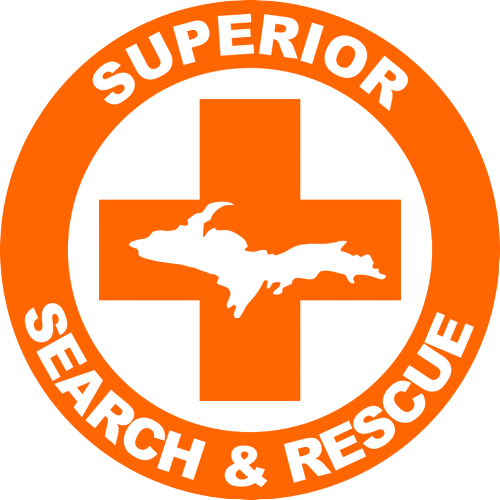Compass
*The following information relies heavily on personal experience and the National Association for Search and Rescue's (NASAR) Fundamentals of Search and Rescue 2nd Edition handbook.*
Learning Objectives.
After reviewing all of the contents of this page, you must be able to:
List at least two styles of compasses.
Identify key features of the compass.
Define "azimuth."
Explain what cardinal directions are.
Describe what will interfere with a compass reading.
Compass Types
There are many styles of compasses, and each is designed for different purposes. A Forester may use a line compass, a Surveyor may use a prismatic compass, a soldier in the military may use a lensatic compass, and a hunter or camper may use an orienteering compass. Whatever the compass type, all made specifically for the northern hemisphere serve the same purpose: utilizing the Earths' magnetic field to locate magnetic north. The two that will be most useful for SAR operations will most likely be the orienteering compass, but a lensatic compass may also come in handy. Watch the video below to learn more about the different styles of compasses:
Compass Anatomy
For the rest of this lesson, we are going to focus specifically on the orienteering compass since that will be more useful for Search and Rescue operations. An orienteering compass typically features the following components: base plate, bezel, bearing lines, magnetic needle, direction-of-travel-arrow, index line, and some also feature a sighting mirror and grid lines on the base plate. Watch the video below to learn more about the features of an orienteering compass:
Cardinal Directions
An azimuth (bearing) is a direction that can be followed. The circle of a compass bezel is divided into 360 degrees, and any one of them can be used to determine a direction. Often it is more expedient to follow or describe a general direction than it is to determine a specific degree for a compass bearing. There are sixteen cardinal directions that can be used for this purpose. Watch the video below to learn more about cardinal directions:
Compass Use
Typing about how to use a compass is not as effective as seeing it in action. Fortunately, there are a wealth of videos to demonstrate the process. Even if you have experience in using a compass, it is always good to get a refresher, especially if it has been a while since the last time you used one. Watch the video re-cap the features of an orienteering compass and understand how to use it:
Compass Interference
Magnetic compasses are influenced by certain metallic materials. For example, if you hold a compass close to your torso while following a bearing, a metal button, zipper, or item in your pockets may attract the needle away from magnetic north. The reason for this is that the Earth's magnetic field is relatively weak when compared to the proximity of a nearby metal object. Even holding a pen or clipboard spring near a compass will throw off the reading of a bearing. Watch the video below to see magnetic interference in action:

